Invitation card produced on the occasion of the exhibition Anne Truitt at Matthew Marks Gallery, New York, 8 May–26 June, 2010. With an insert that contains a selection of Anne Truitt’s writing.
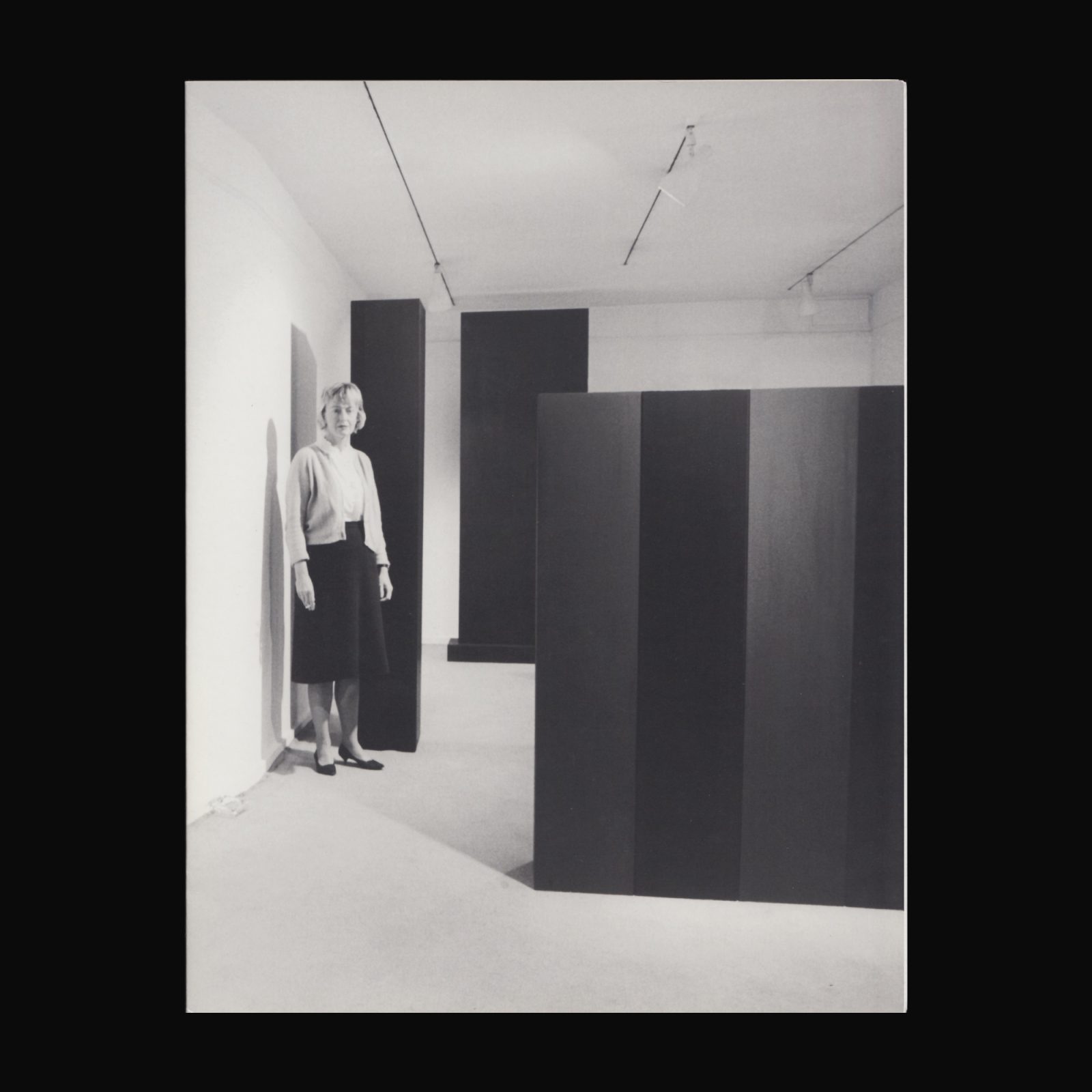
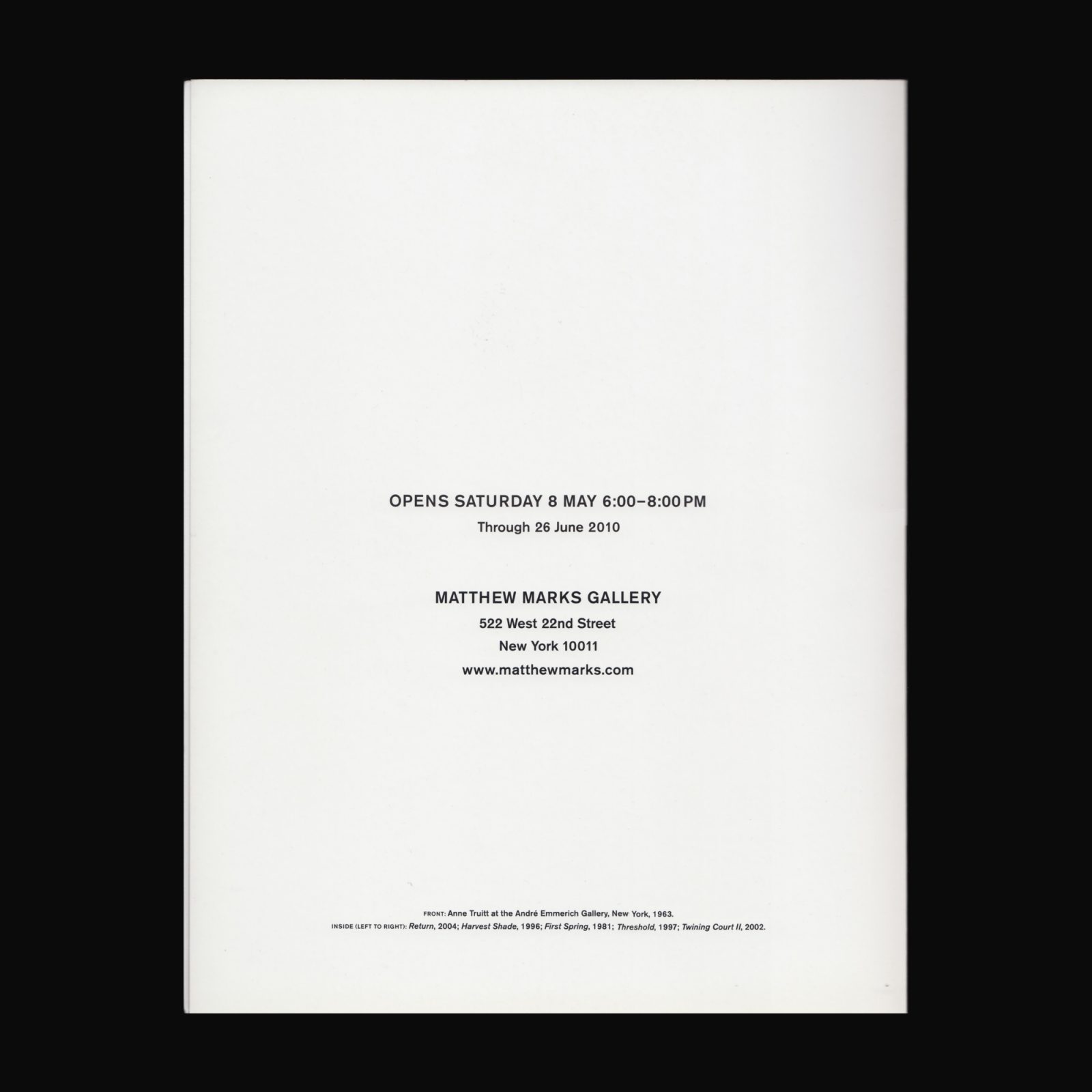
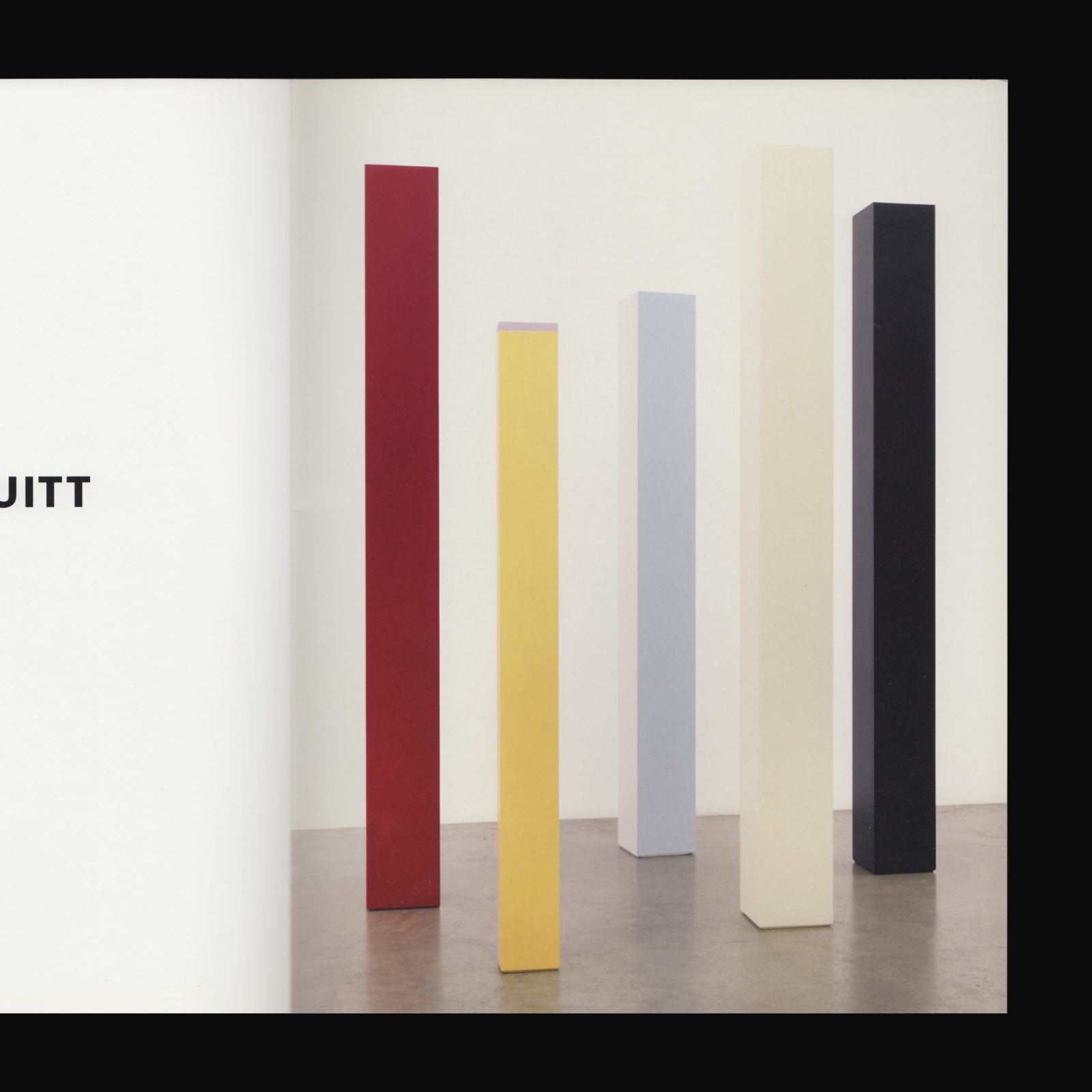
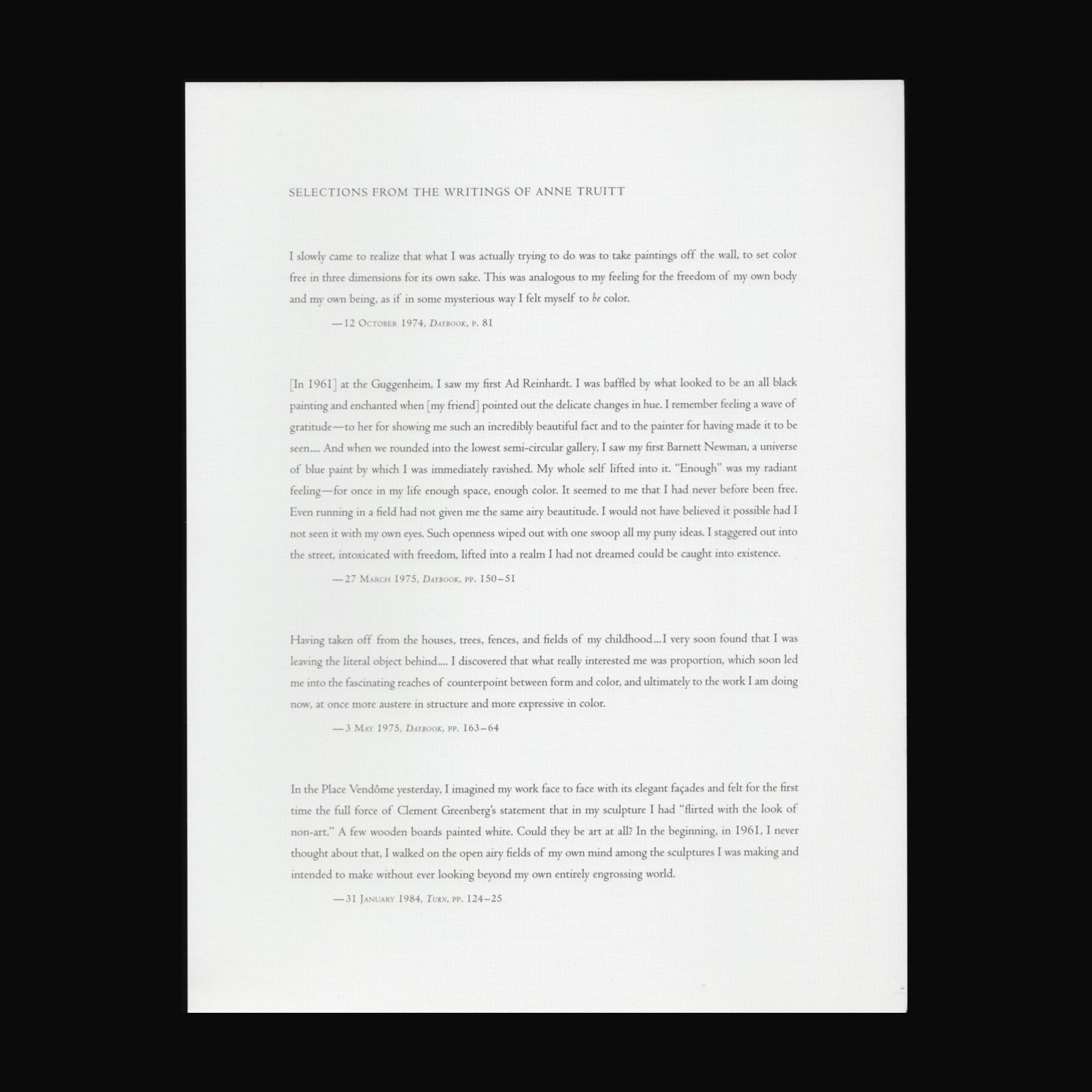

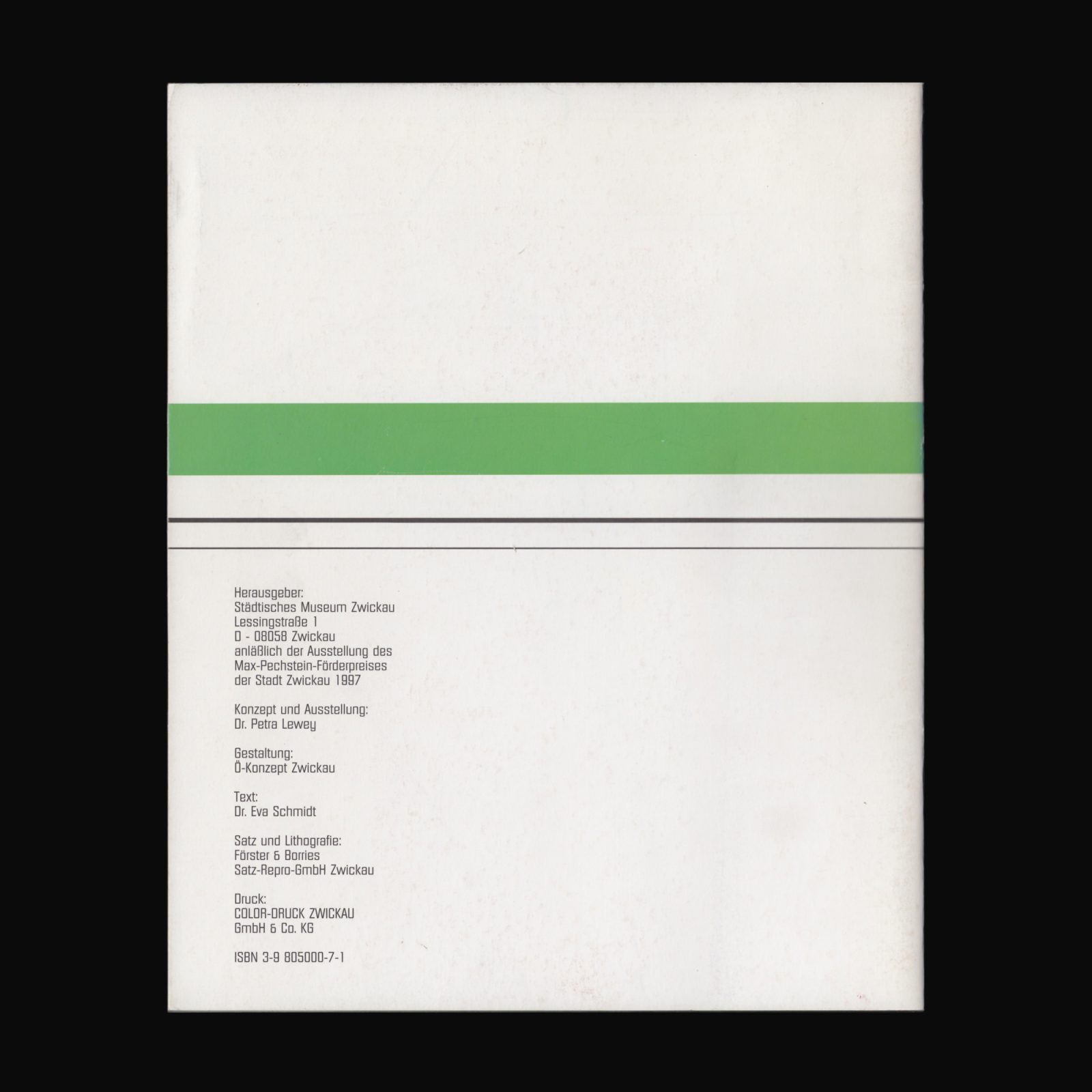
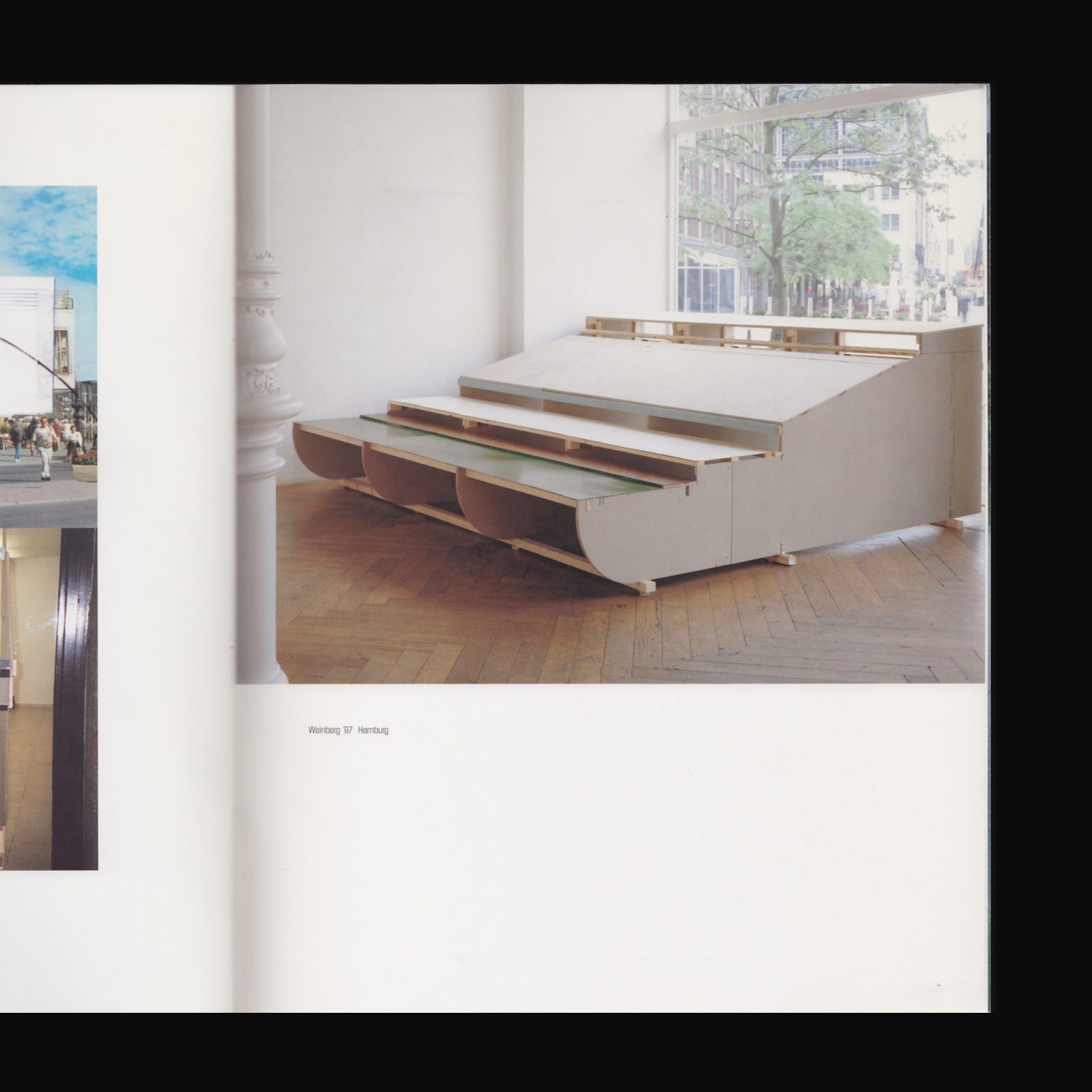
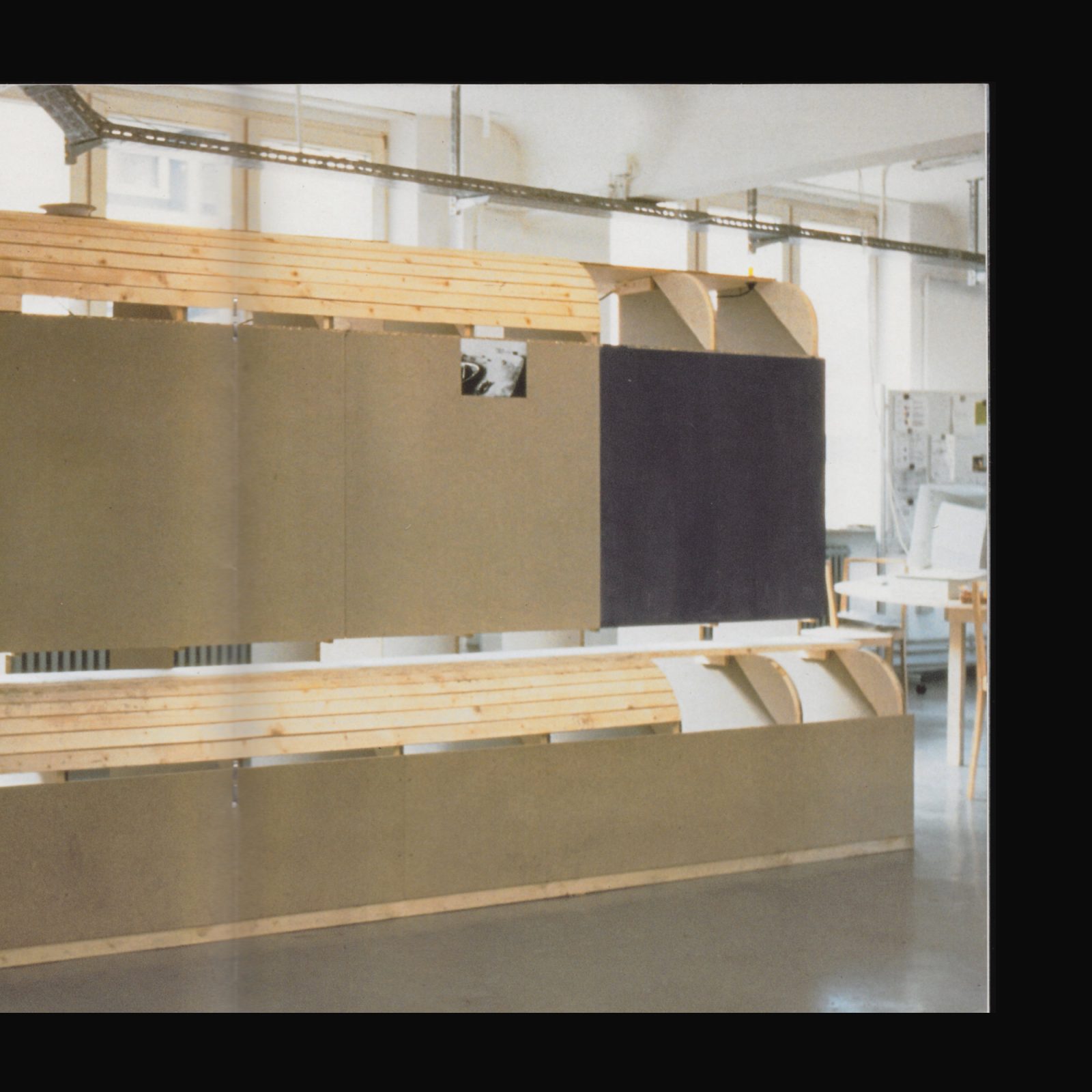
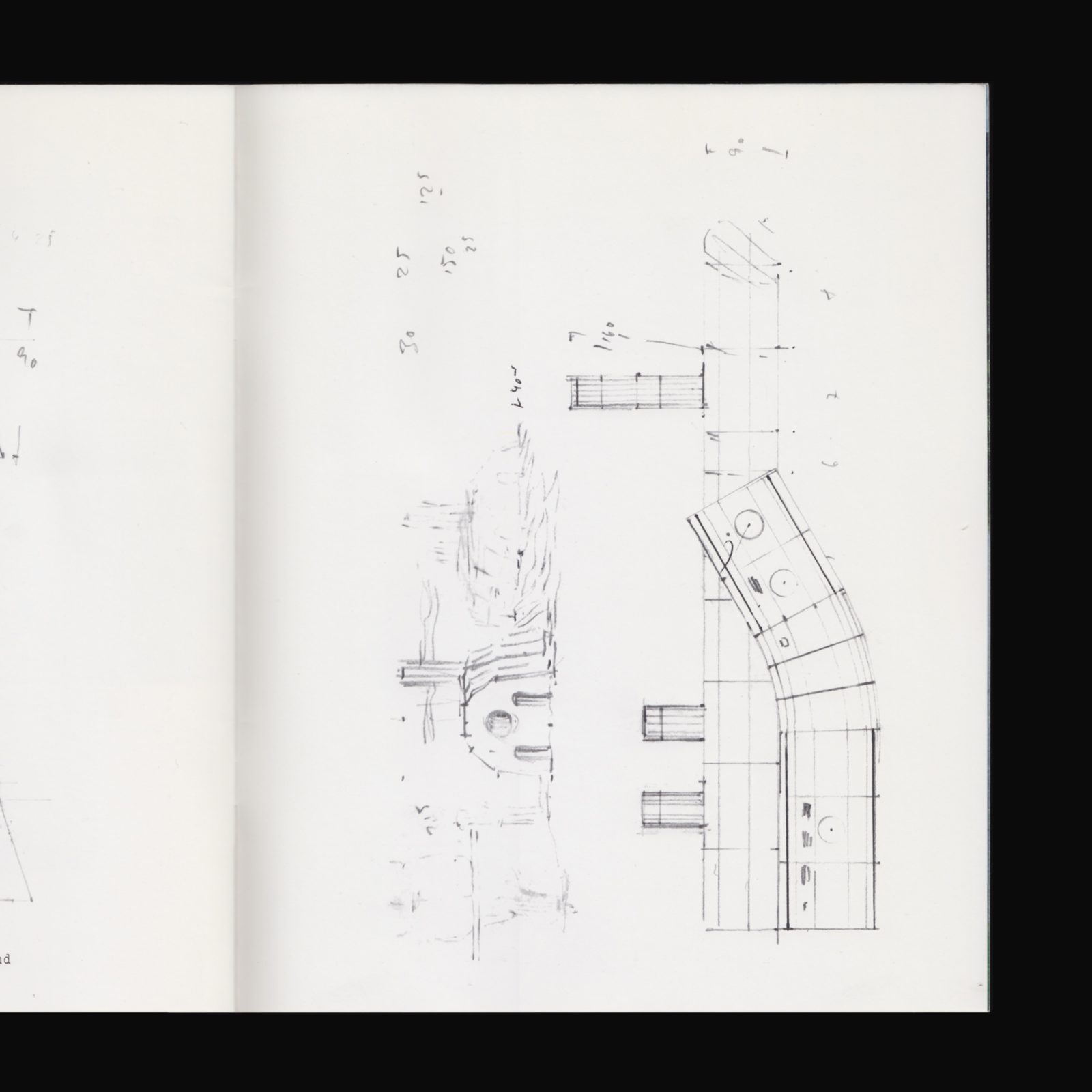
Produced on the occasion of Manfred Pernice’s solo exhibition FIAT at the Städtisches Museum Zwickau.


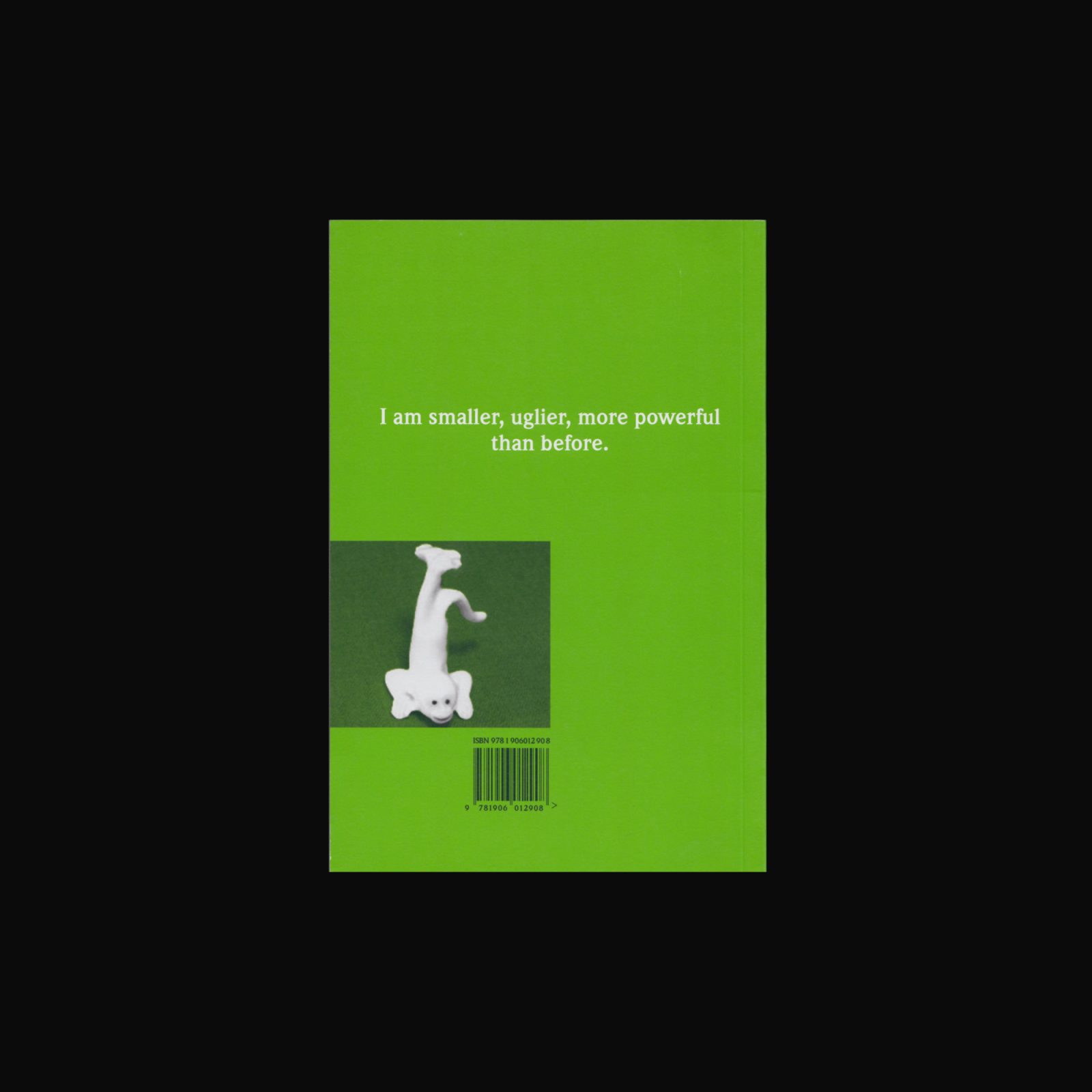
Beginning with the image of the small white monkeys, this book examines the author’s relationship with shame through a series of short studies on, amongst other things, cats, hair as a metonym for the self in poetry and fiction, and perceptions of sexual violence. Made through research into Glasgow Women’s Library’s Archive Collections and Lending Library, small white monkeys incorporates material from the library’s archives and the work of female creators past and present, including Anna Mendelssohn, Jean Rhys, Selima Hill, Adrian Piper, June Jordan, Denise Riley, Carolee Schneemann, Vahni Capildeo and Veronica Forrest-Thomson.



Grace Crowley is a publication by Riet Wijnen, based on letters sent to the Australian artist and pioneer of modernist painting Grace Crowley (1890–1979) by friends, family and colleagues. Parts of those letters, which are now housed in the Art Gallery of New South Wales and the State Library of New South Wales archives in Sydney, were transcribed and categorized by Wijnen in subsections such as ‘Marital Status’, ‘Teaching’, ‘Hosting’, ‘Eurasia’, ‘X’, ‘Being A Woman’, ‘War’, ‘$’, and ‘Making Work’. The result is an alternative biography constructed solely through a living set of relations.
Designed by Marc Hollenstein.



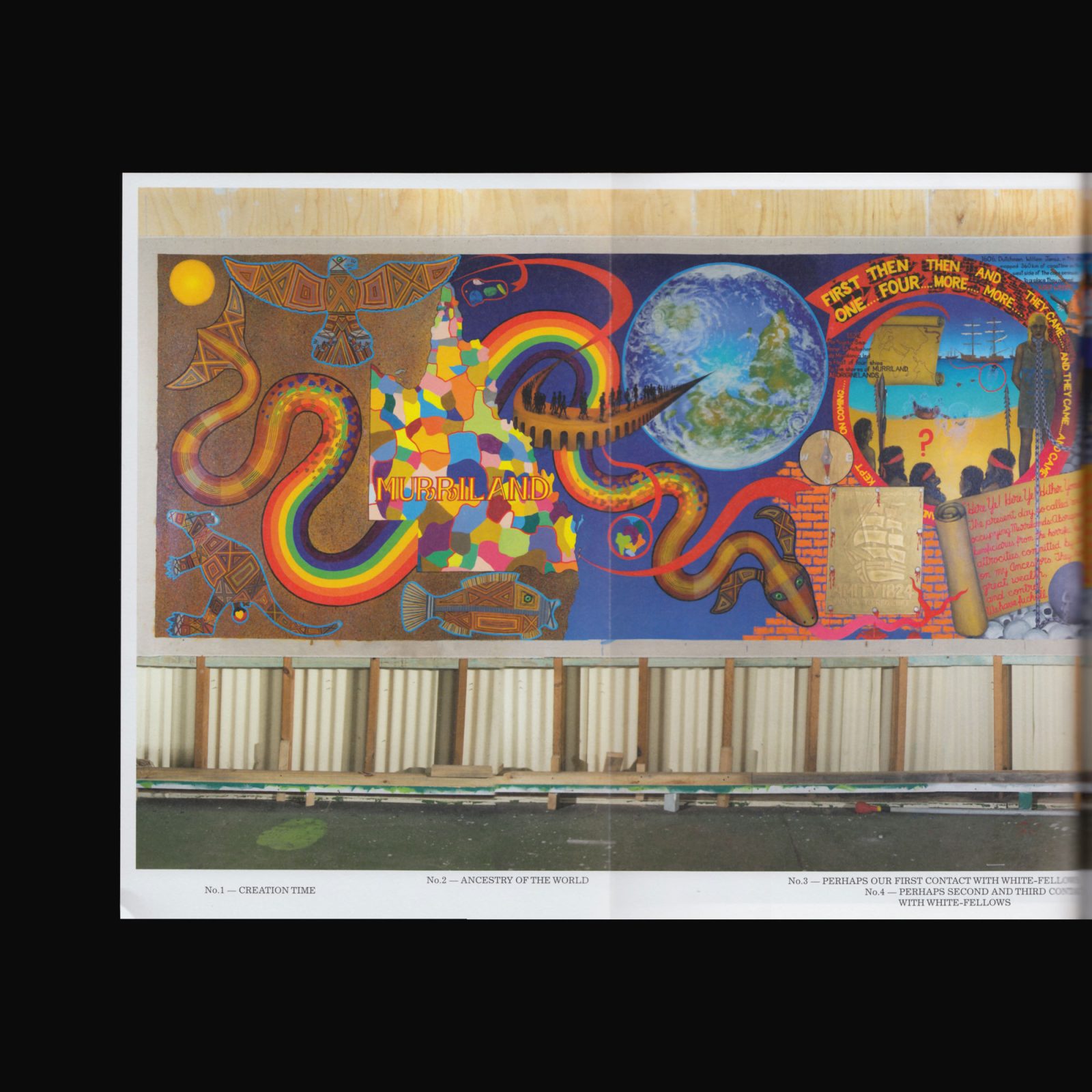
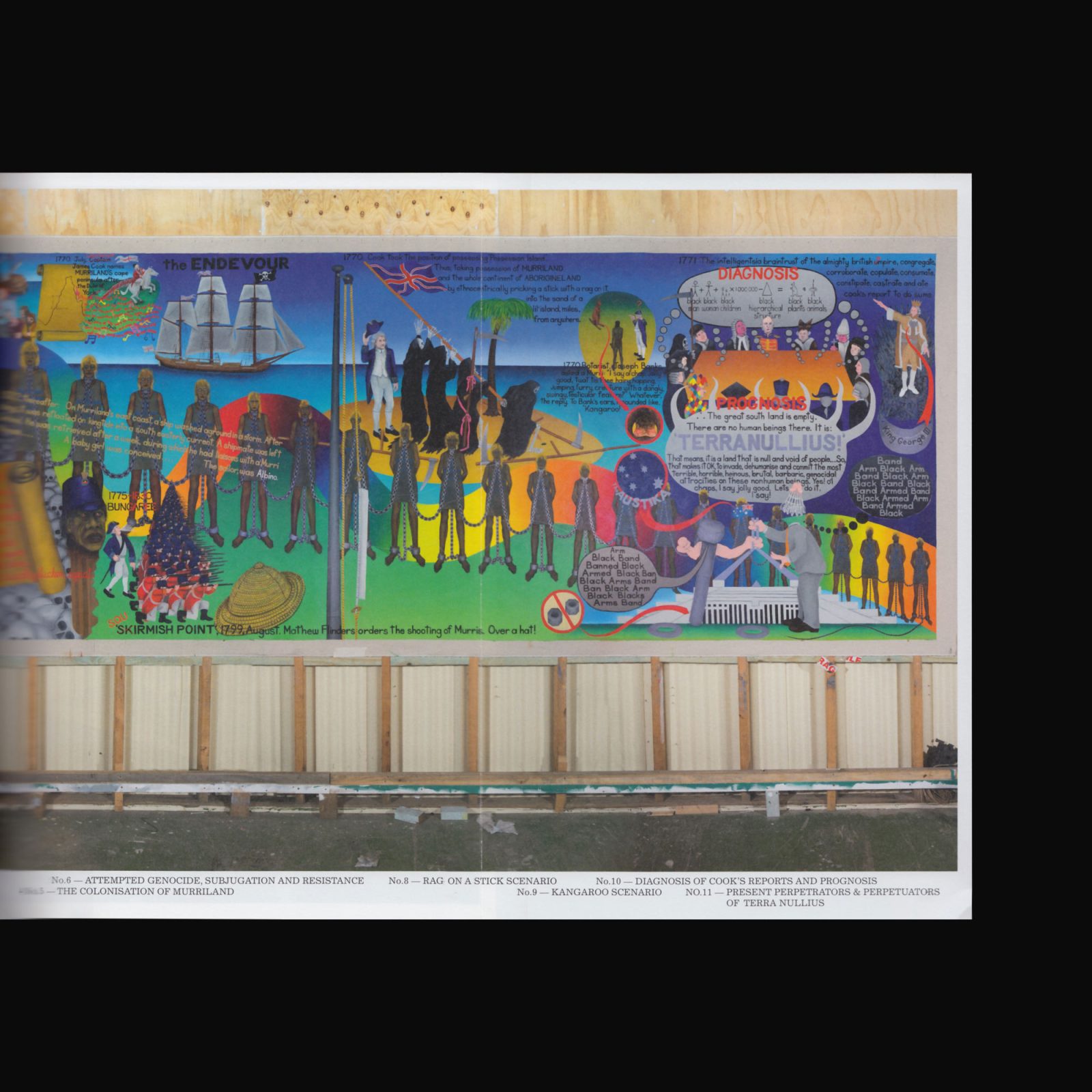
Gordon Hookey’s cycle of monumental paintings MURRILAND! (2015–ongoing) re-envisions the history of his home state of Queensland, Australia, surveying pre-colonisation to the present day, unravelling received versions of history and confronting non-Indigenous narratives. This publication GORDON HOOKEY: Summoning Time, Painting & Politikill Transition in MURRILAND! compiles materials surrounding the first canvas in the series, coinciding with its presentation in documenta 14. It features Hookey’s source material; an essay by Aboriginal historian Michael Aird; a conversation between Gordon Hookey, Frontier Imaginaries curator Vivian Ziherl, and documenta 14 curator Hendrik Folkerts; and a dialogue between Gordon Hookey and anthropologist Johannes Fabian. This book is published as a collaboration between Griffith University, Frontier Imaginaries, documenta 14, and the Van Abbemuseum. Designed by Ziga Testen.
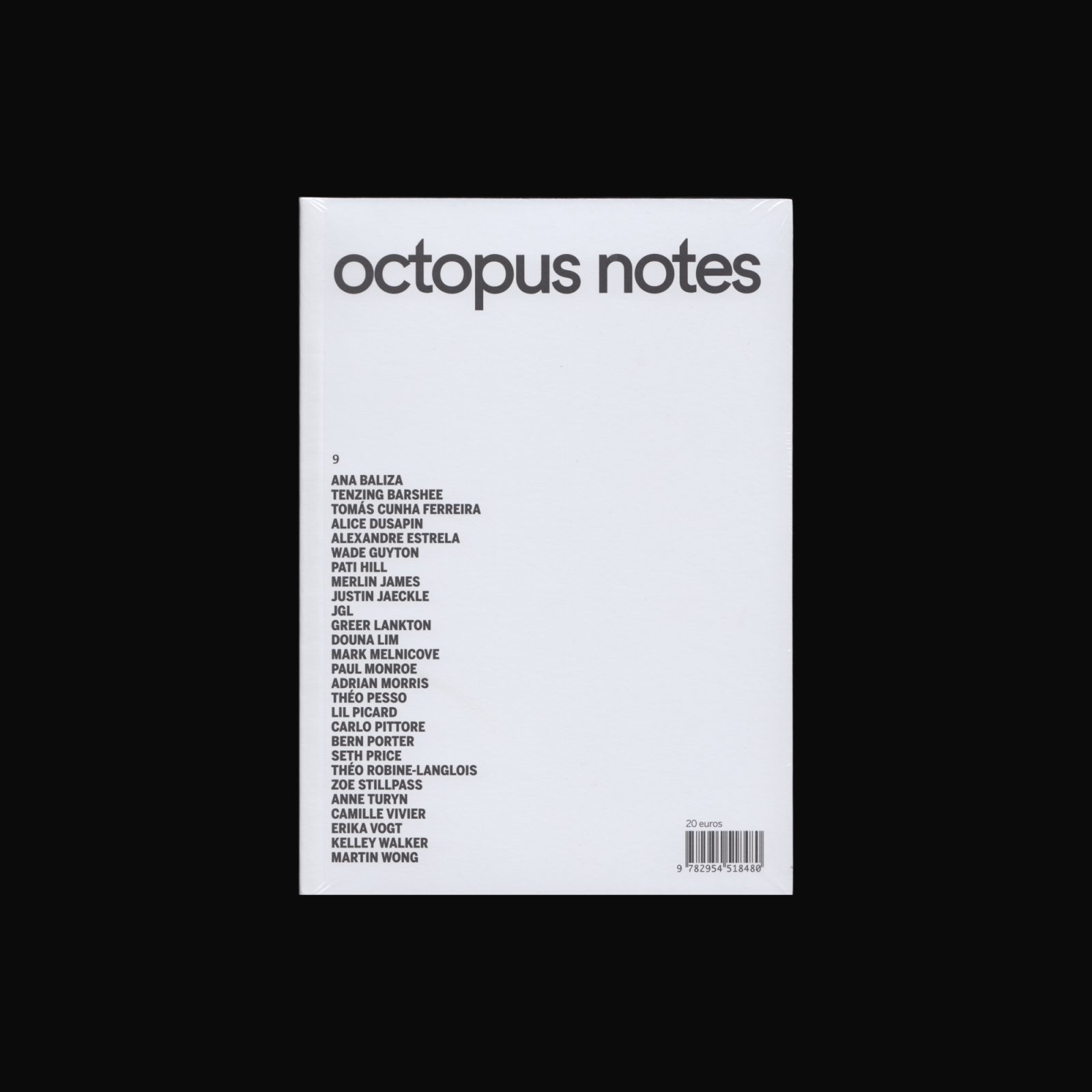


Octopus Notes is a biannual journal that publishes critical essays, academic writings, interviews and artists’ projects.The ninth issue brings together contributions by Ana Baliza, Tenzing Barshee, Tomas Cunha Ferreira, Alice Dusapin, Alexandre Estrela, Wade Guyton, Pati Hill, Merlin James, Justin Jaeckle, JGL, Greer Lankton, Douna Lim, Mark Melnicove, Paul Monroe, Adrian Morris, Lil Picard, Carlo Pittore, Bern Porter, Seth Price, Zoé Stillpass, Théo Robine-Langlois, Anne Turyn, Camille Vivier, Erika Vogt, Kelley Walker, and Martin Wrong.